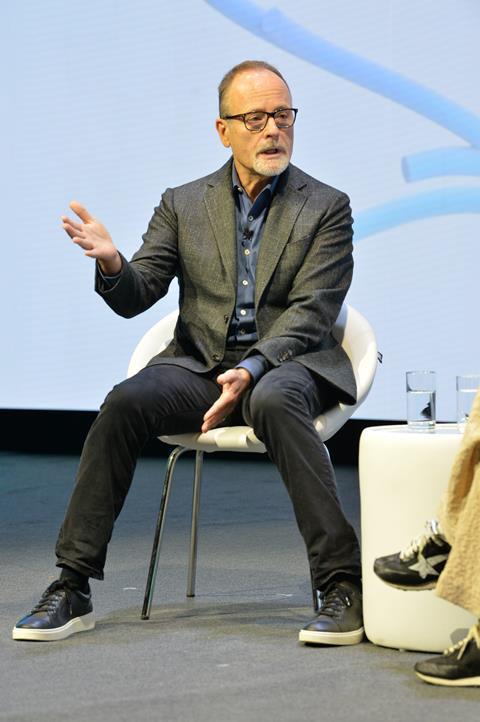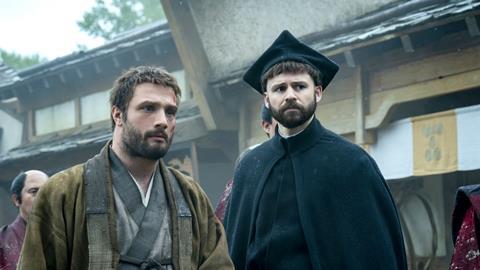The YouTube revolution shouldn’t be ignored, but that doesn’t mean that distinctive long-form content can’t still deliver huge success
YouTube has been dominating industry conversations over recent months, with good reason. Media analytics and data company Nielsen spelled it out recently in its August numbers: the Google-owned streamer had a 13.4% share of TV watch time in the US in July, with Disney second on 9.4%. A similar story is playing out to differing degrees in countries around the world. According to Ofcom, YouTube now has greater viewing share in the UK than ITV.
For those heading to Mipcom in Cannes this month, YouTube will be the name on everyone’s lips. Who doesn’t want to make the most of a rapidly growing platform that can potentially offer a way to monetise existing content for rights holders?
Where it fits as a platform of origination for established mainstream producers is far less clear, probably because the financial model doesn’t seem to quite stack up at the moment.
Instead, there is a tsunami of creatorled content that is increasing the already ferocious battle for viewing. Plenty of execs at traditional networks and even streamers are alarmed, but FX Networks chair John Landgraf – one of the most astute execs in the industry, who foresaw the peak TV phenomenon long before the bubble burst – offers a more reassuring message.
Landgraf’s hits, such as The Bear, Shōgun and English Teacher, have landed over recent years, in tandem with the ongoing growth of creator-led content. He is bullish about the ongoing role of long-form TV, which relies on more traditional, more expensive, production methods.
“The best storytelling tends to be long-form and can deliver a show that resonates on one of the most basic levels: the human condition”
At the recent Royal Television Society Convention in Cambridge, Landgraf talked of FX’s focus on creating shows for the “culture economy” rather than the “attention economy”, adding that most short-form content on the internet “doesn’t have a lot of sub-text”.
The best storytelling, Landgraf argued, “has layer upon layer of meaning”, tends to be long-form, and can deliver a show that resonates with viewers on one of the most basic levels. “It comes down to the human condition – our shows represent that and it’s that focus that gives me latitude.”

This is not new. Looking back over more than two decades of work at FX, Landgraf says that while the titles on his slate have changed, the types of series are similar.
Ultimately, Landgraf he wants to produce programmes “worthy of people putting their phones down to watch, and better yet, creating shows that they want to watch with someone they care about”.
He compares this type of TV with people paying huge amounts to attend live sporting events or theme parks: “Why do they do that? It’s because the quality of what they get from their attention in that environment is worth it. Now, we’re not live sport but we have to be as close to that as possible. If you compete on volume, you will lose.”
One of Landgraf’s biggest swings, Shōgun, took more than a decade to get to screen, included a swathe of Japanese-language scenes, and had an eye-watering budget of $200m (£150m).
Little surprise, then, that Landgraf was “terrified” ahead of its launch on Hulu and Disney+ last year. He needn’t have worried: the show’s first season garnered bountiful critical praise, a record 18 Emmys and a long tail of viewing that continues today.

This is not easy to replicate. Landgraf has to persuade his corporate bosses to invest time and money in such shows when they are more concerned with quarterly results. But bets on quality can pay off despite the industry’s ongoing challenges.
Maybe the emergence of very compelling short-form content, and the growth of YouTube as a platform of epic scale, will have the effect of prompting a race to quality in the traditional TV sector. As Landgraf states: “If we build it, they will come.”
- Richard Middleton is head of content, international






No comments yet